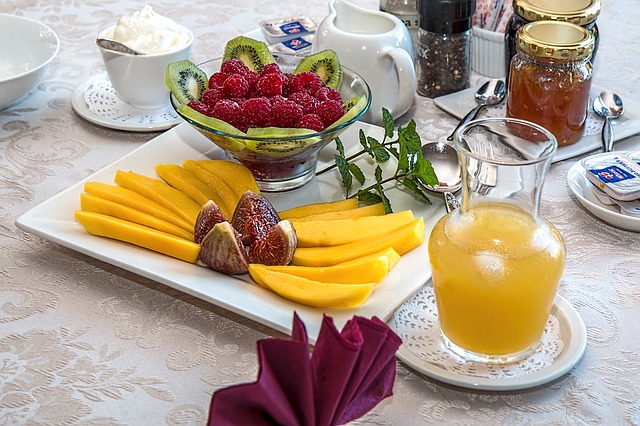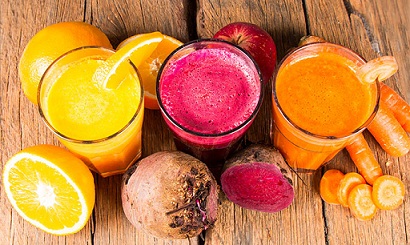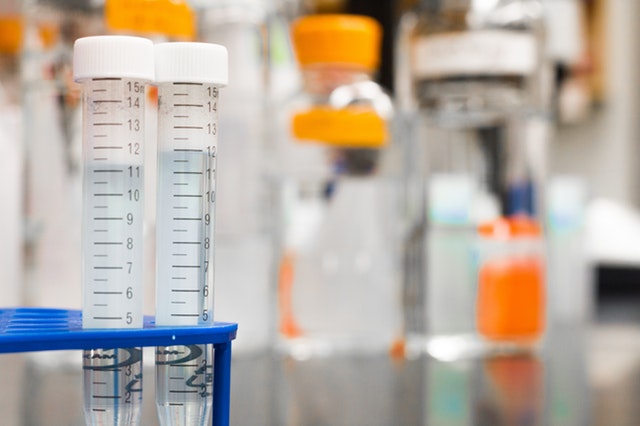Easy Ways to Add More Fiber Into Your Diet
Dietary fiber offers numerous benefits ranging from improved gut health to better absorption of nutrients, but that doesn’t mean people know how to get more fiber. In fact, too many people have a large bag of potato chips or french fries every day and believe that is a satisfying meal for their body.
This can be attributed to fast paced lives that involve a high dependence on boxed meals and processed foods.
By making minor adjustments to your food habits , you can find a bunch of ways how to get more fiber. Why sh0uld you do this, you ask? To ensure a stronger digestive system and good overall health.
If you want to know how to get more fiber but cannot make changes to your diet, then you choose a fiber supplement. You can also take probiotic supplements which have prebiotics in them. Prebiotics are plant fibers which are indigestible for humans.
On top of this, these serve as a wonderful food source for the good bacteria in your gut while improving your fiber intake.
Here are some easy ways how to get more fiber to your diet.
1. Eat more berries
Berries are nutritional power houses and is one the best way to get fiber. The best part is that these can be easily added to your diet. You can sprinkle a handful of berries on your morning bowl of cereal or you can add this to your favorite cup of yogurt.
Berries can also be munched upon as a snack right out of the bag. Both frozen and fresh berries have fiber. However, frozen berries might not have quite as much nutrients as opposed to fresh ones.
2. Trail mix as a snack
Nuts and seeds have a large quantity of fibre especially flax and chia seeds and are a great way how to get more fiber. You can either eat the store bought trail mix or make your own and keep it handy as a snack.
Mix together a high fiber cereal, raisins, peanuts, almonds and a variety of seeds. You can also add in some chocolate covered soy nut for that dash of sweetness if you are not on a diet.
3. An apple a day
Apples area good source of pectin. This is a soluble fiber which digests slowly and helps the body feel more full for a longer amount of time. It also helps in weight loss by sticking to carbohydrate molecules and not allowing starch to be absorbed readily.
You can acquire one fourth of your daily fiber intake by including two or more apples in your diet. It is best to eat them whole as a fruit with their skin on. You can also add them chopped to your salads.
4. Cereal as part of a balanced breakfast
Breakfast is the most important meal of the day. Luckily, it is also a great way hot to eat more fiber early in the morning. It is important that you start your day with the right kind of fuel. Make sure you choose a cereal with at least 3 grams of fiber per serving. Oats are a great source of soluble fibers. Replace corn based cereals with wheat flakes or other whole grains like millets.
5. Eat your vegetables
Most vegetables are excellent source of how to get more fiber. Make sure to include at least two cups of vegetables to your diet on a daily basis. Spinach, cucumber, potatoes, green beans, peas and artichokes are excellent dietary sources.
You can snack on vegetables as well. For instance, a carrot stick dipped in peanut butter is the preferred snack of fitness enthusiasts. Sweet potatoes make a great snacking option as well.
6. Don’t forget your flour
Refined flour or all-purpose flour does not contribute to any nutritional need of your body. It’s time that you took a trip to the local supermarket and found alternatives. Amaranth flour, almond flour, whole wheat flour and quinoa flour are some great options.
In fact, you can exchange all-purpose flour with whole-wheat baking flour for all your bakery needs as well. It has the same light texture and consistency without compromising on the fibers.
7. Lay of the meat, lay on the legumes
Legumes include dried peas, dried beans and lentils. You can get the same proteins out of legumes as from meat based products. However, legumes also add much-needed dietary fibers to your diet.Consider eating lentil soup or canned beans at least three times a week instead of red meat or poultry.
8. Whole grain snacks
Switch to whole grain snacks like muffins or crackers as a great way hot to get more fiber. Read the label carefully before purchasing any store bought product for the amount of dietary fibers.
A whole grain cracker has ½ gram dietary fiber depending upon the grain. Millet and barley are excellent sources of dietary fibers. There are a number of snacks made from these grains.
Refined grains have the germ and vitamin rich hull removed. This helps them keep a longer shelf life. However, it also depletes them of any fiber content they had. By switching to whole
grain foods, you can cover your daily requirement of fiber through healthy snacking options.
9. Use pearl barley
Buy a packet of pearl barley and always keep it ready in your kitchen. Pearl barley does not require any soaking like kidney beans or chickpeas. Make sure to have it at least once a week as a side dish. You can boil it and mix it with other deliciously fresh vegetables to make a salad.
A cup of pearl barley has more than 10 grams of dietary fiber in it. That is almost a third of your daily dietary requirements. However, make sure you guzzle a lot of water because high fiber diet requires more water to help food materials pass easily through your colon.
10. Oatmeal as a source of fiber
Oats are rich in dietary fiber and other nutrients. Use regular oatmeal instead of breadcrumbs or corn flour as a binding agent. Oatmeal makes great meatloaf and meatballs. You can also sprinkle it atop ice cream and casseroles for that extra crunch.
Oatmeal can also be baked into your diet by way of muffins and cookies. You can also use it while baking cakes and homemade breads. In fact, oatmeal lends a soft texture to your baking.
Men versus women
The recommended amount of dietary fibers is 25 grams for women and 30 grams for women. Always remember that fiber needs to be part of your every meal on a daily basis.
Never load up on fibers from a minimal fiber meal. This can lead to a number of complications such as gas and bloating. You can begin with fiber supplements before making gradual changes to your diet in order to help avoid these side effects.




